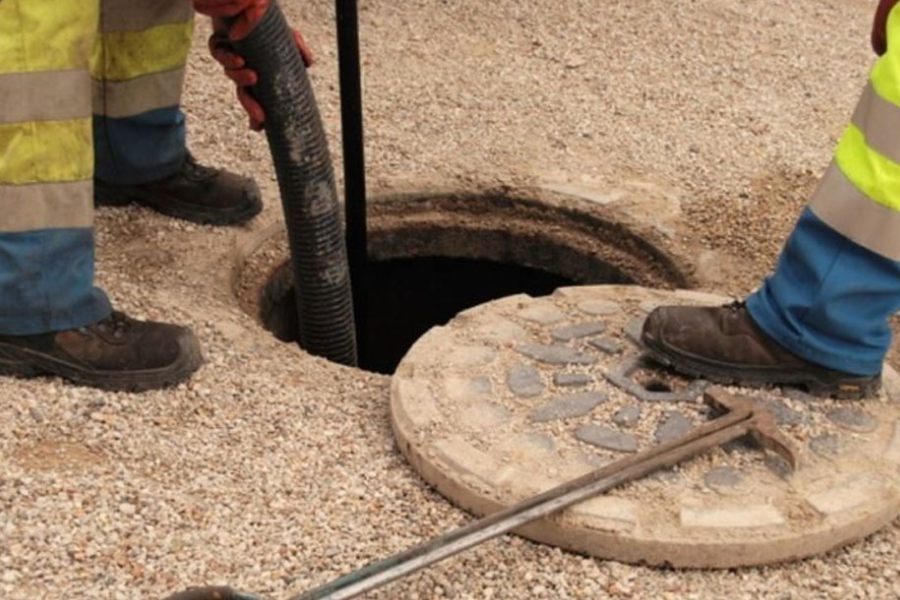Maintaining a septic system is a crucial aspect of homeownership that often goes overlooked until problems arise. Septic tanks serve as the primary means of managing wastewater for those without access to municipal sewer systems.
These underground chambers play a vital role in treating and disposing of household waste, but their efficiency depends on proper care and timely maintenance. Knowing when to clean septic tank is critical to prevent repairs, avoid contamination, and maintain system longevity.
The frequency of septic tank cleaning can vary based on several factors. However, neglecting this important task can lead to numerous issues. These range from unpleasant odors to serious health hazards.
In this article, we’ll explore key indicators signaling it’s time to clean your septic tank. We’ll discuss factors influencing maintenance schedules and reveal expert-recommended timelines for cleaning. We’ll also examine the consequences of neglecting this crucial home maintenance task.

When to Clean Septic Tank
Regular cleaning of your septic system can extend its lifespan and save you from significant repair costs. Septic tanks typically need to be cleaned every three to five years, depending on the tank size and household usage. Key signs that indicate your septic tank needs attention include:
- Slow drains and plumbing issues
- Foul odor
- Sewage backups
- Lush patches of grass
Addressing these signs promptly can help prevent more serious problems.
Slow drains and plumbing issues
When your septic tank is full, it impacts your home’s drainage system. You might notice water draining slowly from sinks and showers, and toilets may take longer to flush. These are early warning signs of a full tank. If you experience slow drainage in multiple fixtures, it’s time to check your septic tank.
One slow sink might just be a local clog, but if all drains are slow, your septic tank is likely the issue. Listen for gurgling sounds in the pipes, as this can indicate air trapped in the plumbing. Also, watch for water backing up in showers during laundry cycles.
Foul odors
A full septic tank often produces strong, unpleasant odors. These smells are caused by bacteria breaking down waste in the tank. When the tank is full, gasses can’t escape properly and may back up into your home through the drains. You might notice a rotten egg odor, which is hydrogen sulfide gas from the tank.
These septic odors can affect both indoor and outdoor air. Indoors, they make living spaces unpleasant and may cause headaches and nausea. Outdoors, you might smell sewage near the tank or drainfield, indicating the system is overloaded and needs immediate cleaning.
Sewage backups
Sewage backups are a serious problem that occurs when the tank is extremely full. You might see wastewater coming up through drains, and toilets may overflow with sewage. This is more than just a nuisance – it’s a significant health hazard requiring immediate action.
Sewage contains harmful bacteria and pathogens, and contact with it can lead to serious illness, including skin infections and gastrointestinal issues if ingested. Always treat sewage backups as an emergency and call professionals to handle the cleanup safely.
Lush patches of grass
Unusually green or lush grass over your drainfield is another warning sign. It means excess nutrients are leaking from the system, indicating that your septic tank may be overflowing. The extra water and nutrients feed the grass, creating patches of very healthy-looking plants.
These lush patches often signal a failing system where the drainfield isn’t properly filtering wastewater. This can lead to groundwater contamination and requires immediate attention. Regular inspections can catch this problem early, preventing more serious issues later on.
How Often Should Septic Tanks Be Cleaned Out?
As mentioned above, septic tanks typically need cleaning every three to five years, though this varies based on household size, tank size, water usage, and other factors. Regular cleaning removes accumulated solids, preventing system failure and extending the tank’s life.
Larger households or those using garbage disposals may need to clean their systems more frequently, especially if the system is older. High water usage and local environmental factors, such as poor soil drainage, also influence how often cleaning is required. If you notice slow drains, unpleasant odors, or gurgling sounds, it’s a sign that cleaning might be needed sooner.
Benefits of Regular Septic Tank Cleaning
Regular septic tank cleaning offers numerous benefits for homeowners. It helps prevent system failures and maintains the efficiency of your septic system. Let’s explore these benefits in detail.
Preventing system failure
Regular septic tank cleaning is essential to prevent system failures by removing built-up solids that could clog the drain field and cause backups in your home’s plumbing. Without regular maintenance, you risk unpleasant sewage overflows in your yard, posing health hazards and contaminating groundwater.
Routine cleanings also help catch small issues early, avoiding costly repairs or early replacements, which can run into thousands of dollars. Proper maintenance can extend your septic system’s life to 20-30 years, compared to only 10-15 years without care, leading to long-term savings.
Maintaining efficiency
Regular septic tank cleaning ensures efficient waste processing, preventing problems like slow drains and bad smells. It maintains the balance of bacteria in the tank, protecting the drain field from clogging and extending its lifespan.
Regular cleaning also prevents environmental hazards by containing harmful bacteria. It adds value to your property by ensuring a well-maintained system, making it more attractive to buyers. Regular cleaning reduces the risk of septic emergencies and ensures your system works smoothly.
Maintenance Tips
- To maintain your septic tank, monitor water usage by conserving water, spreading out its use, and redirecting rainwater away from the drain field.
- Dispose of waste properly by only flushing human waste and toilet paper, avoiding kitchen grease and chemicals, and composting food scraps.
- Regularly inspect your yard for wet spots, bad odors, and slow drains as early signs of issues.
- Schedule annual professional inspections and follow a regular pumping schedule, typically every 3-5 years.
- Keep detailed records of all maintenance, inspections, and pump-outs for future reference.

Conclusion
Proper septic tank maintenance is crucial for homeowners relying on these systems. Regular cleaning, typically every 3-5 years, prevents costly failures and maintains efficiency. By monitoring water usage, waste disposal, and conducting visual checks, you can extend your system’s lifespan and avoid potential hazards.
If you are wondering when to clean septic tank, watch for warning signs like slow drains, foul odors, sewage backups, and unusually lush grass patches near the drain field. These indicate it’s time for professional inspection or cleaning.
Remember, neglecting your septic system can lead to expensive repairs and health risks. By following maintenance tips and scheduling regular inspections, you’ll ensure your septic system functions effectively for decades, protecting your home, health, and the environment.


